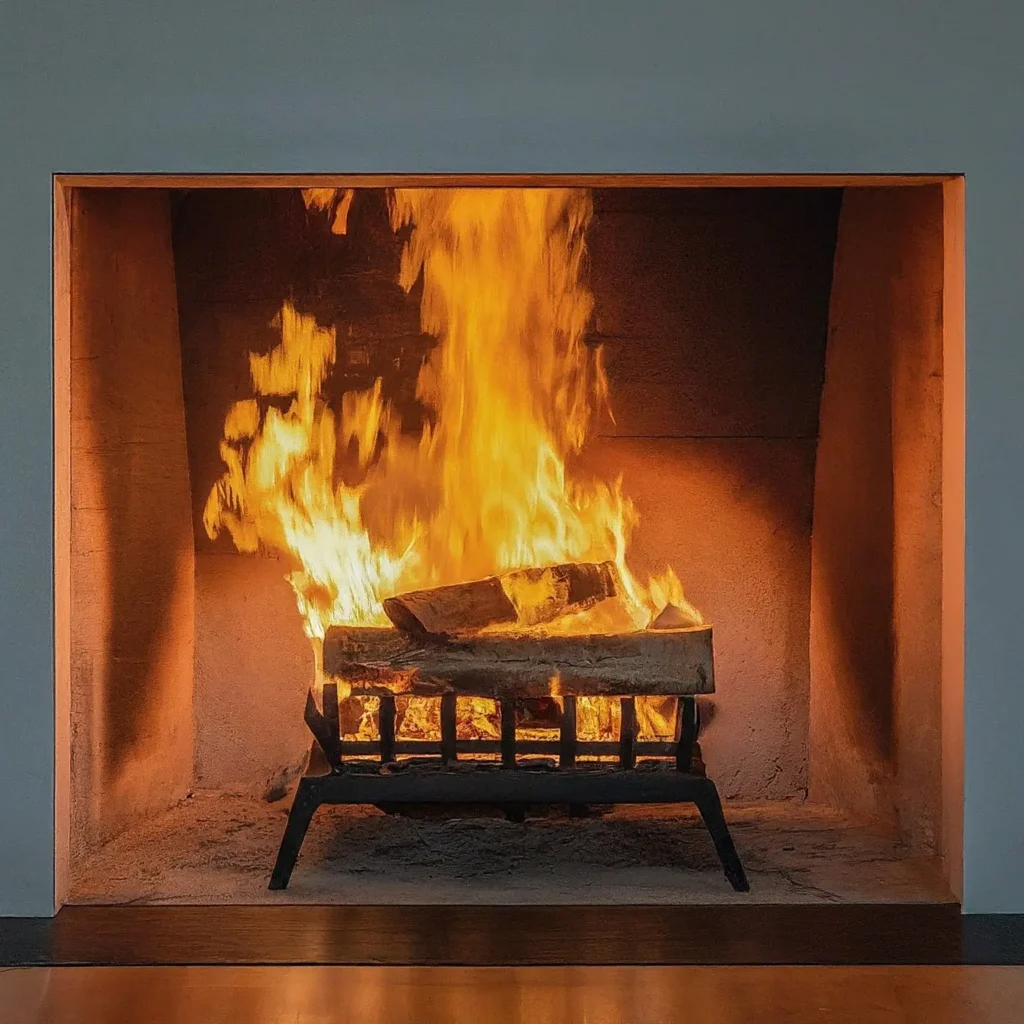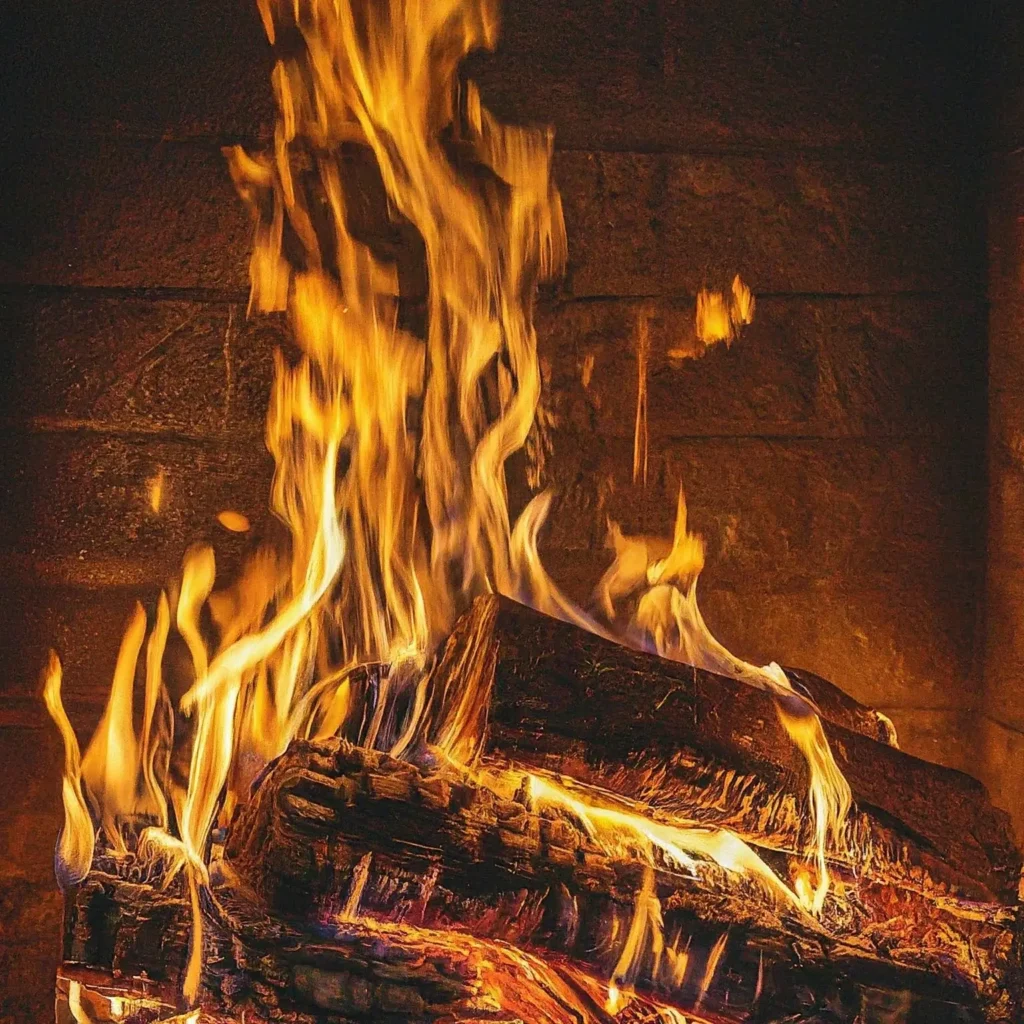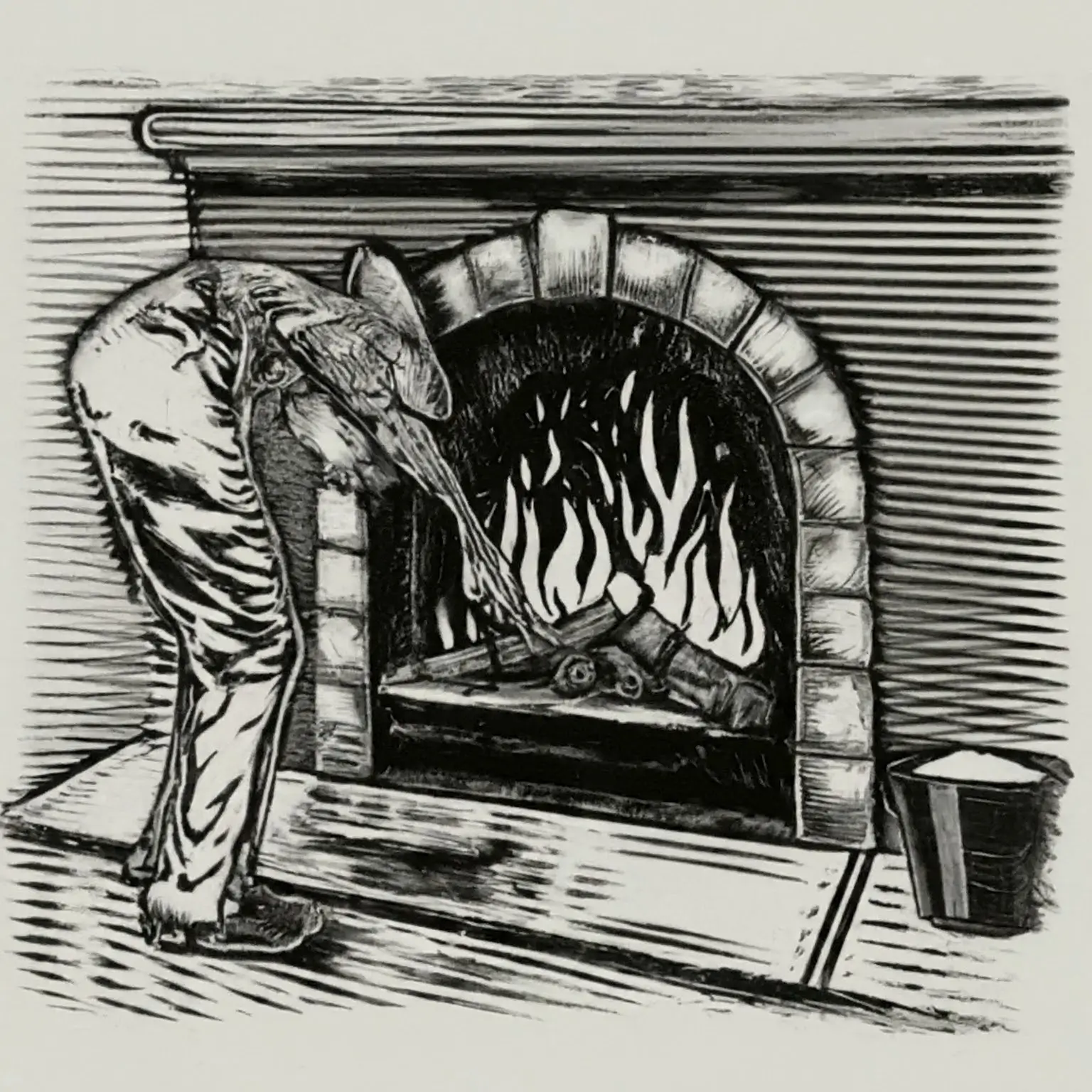Enjoying the warmth of a fireplace can be a delightful experience, but it’s important to understand that extinguishing a fireplace fire requires a different approach than putting out a campfire.

Pouring water on a fireplace can lead to damage and safety hazards. This article provides a detailed guide on the proper methods for safely extinguishing a fire in your fireplace.
Related: fireplace safety
Why Pouring Water on a Fireplace Is Not Advised
Using water to extinguish a fireplace fire can have detrimental effects on your fireplace and chimney:
1. Damage to Masonry and Steel:
The materials used in fireplaces and chimneys, including masonry and steel, can become fragile and weakened when they absorb water. Over time, this can lead to cracks in the masonry and rusting of the steel, compromising the structure.
2. Steam Burns and Smoke:
Pouring water on a hot fireplace generates a significant amount of hot steam, which can cause burns if one is too close. Additionally, the steam mixes with creosote in the chimney, producing a strong, tar-like odor in your home.
3. Increased Smoke and Mess:
Water on a fire creates additional smoke, making it harder for it to escape through the chimney. This can result in smoke being pushed back down into your home, accompanied by a messy buildup of wet, lumped-together ashes
Related: fireplace smoke shelf
The Best Way to Extinguish a Fireplace Fire:
To safely extinguish a fire in your fireplace, follow these steps:
1. Use fireplace tools:
Employ a fireplace poker and shovel to spread out the remaining embers and fuel, creating a flattened mound to initiate the cooling process.
2. Cover Embers with Ash:
Layer the remaining embers and fuel with cooled-down ash to prevent reignition and expedite the cooling process.

3. Apply Baking Soda:
Sprinkle baking soda over the covered embers to prevent any potential flare-ups and ensure the fire is fully extinguished.
4. Monitor the Fire:
Keep a watchful eye on the fireplace for a few minutes to confirm that the fire is completely out before leaving it unattended.
Safe Fireplace Practices:
While some fireplaces are designed for extended use, it’s generally not recommended to leave a live fire unattended. Use the provided steps to quickly and safely extinguish any fire within a few minutes, preventing potential hazards.
Conclusion:
Avoid using water to extinguish a fireplace fire, as it can lead to damage and safety hazards. Instead, utilize fireplace tools and baking soda to safely put out the fire. This method ensures your home and family’s safety while preserving the integrity of your fireplace. Remember, only use water in case of an emergency.


